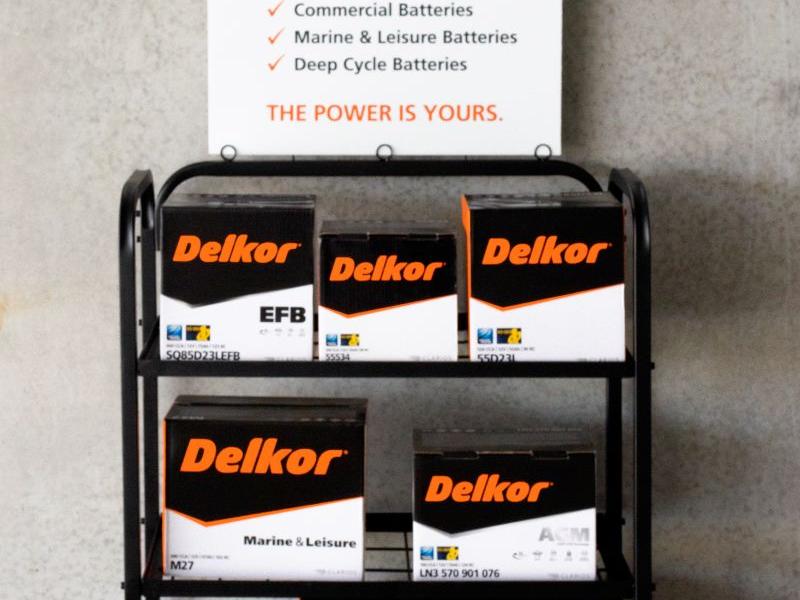We are looking here at the standard batteries found in ICE (Internal Combustion Engine) vehicles for starting and general electrical supply, not EV batteries which are a different beast entirely although most EVs have a 12 volt system for vehicle loads.
For cars batteries are usually nominally 12 volt and for trucks nominally 24 volt. Some cars with start stop systems or mild hybrids may also have 48 volts.
Main battery construction types
The classic automotive battery is the flooded lead-acid battery which we all know and love, they are still in use and provide a cost-effective solution. SLA – Sealed Lead Acid batteries have largely superseded them in OEM use due to reduced maintenance, better durability and no risk of acid spills during normal use. They come in either AGM or Gel versions. AGM (Absorbent Glass Mat) absorbs the acid into the glass fibre mats between the lead plates rather than having it as a free liquid, the mats provide excellent electrolyte contact plus some cushioning for the plates. In a GEL battery the acid is in a GEL form (obtained by adding silica or sand), this is more susceptible to damage physically and through high charging rates which is why AGM types have largely superseded GEL types. Lead Acid based batteries still predominate in ICE vehicles although EV’s use Lithium-Ion due to much greater energy density and cycling ability and they are starting to gain a foothold for RV and camping use in standard automotive packaging styles for deep cycling applications.
Specialised batteries
A typical car battery is an all-rounder, it will be sized to provide reliable starting in all expected climatic conditions and to reliably supply the other sub systems, generally they will be kept at a fairly constant state of charge. When you get to uses such as RV’s , boats and camping then a Deep Cycle battery might be a better fit. They are designed for much deeper and repeated charge/discharge cycles. They tend to be more ruggedly built to cope with this pattern and provide dependable power.
Battery charging
Different battery types require different charging profiles which is why smart chargers are now the basic standard for most situations. These generally supply a constant current charge to around 70 percent of capacity and then reduce the current to a top up level to slowly top off the battery and avoid the risk of damage. Once at full charge a float charge will keep it there until the charger is dis connected. Top end chargers have more sophisticated multi-level profiles and battery diagnosis.
Safety
A battery holds significant power, shorting it will produce a high current with risk of burns and sparks. A charging lead acid battery generates hydrogen gas which is explosive, an SLA battery has a pressure relief valve so can still produce hydrogen in the surrounding air and batteries contain sulphuric acid which is highly corrosive if released if a case is cracked or a flooded battery is tipped over.
Technical Terminology
• Ampere – Measurement of current.
• Amp-Hour – Capacity of battery in amps x hours.
• CCA – Cold cranking Amps – number of amps a battery can support for 30 seconds at Zero degrees F (17.8 degrees C) until voltage drops to unusable level.
• Cell – Batteries are made of of cells – a lead acid cell has a nominal voltage of 2 volts and Li-ion 3.2 volts, in battery cells are connected in parallel.
• Watt – Measure of power A x V.
• Watt-Hour – Unit of consumption one Watt for one hour capacity in Wh = Voltage x Ah capacity of battery.






